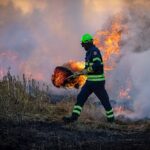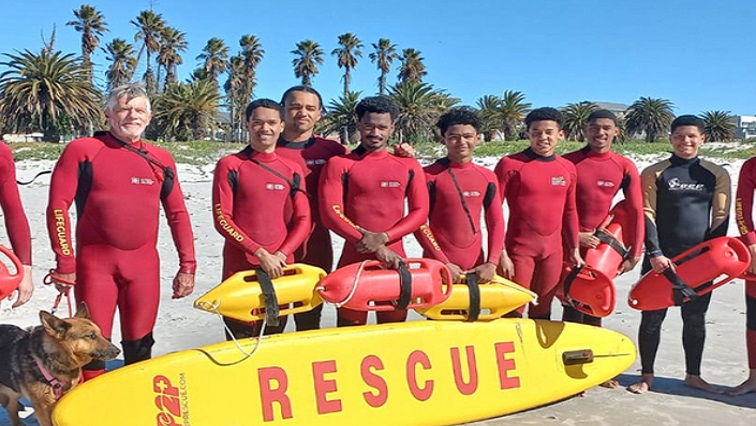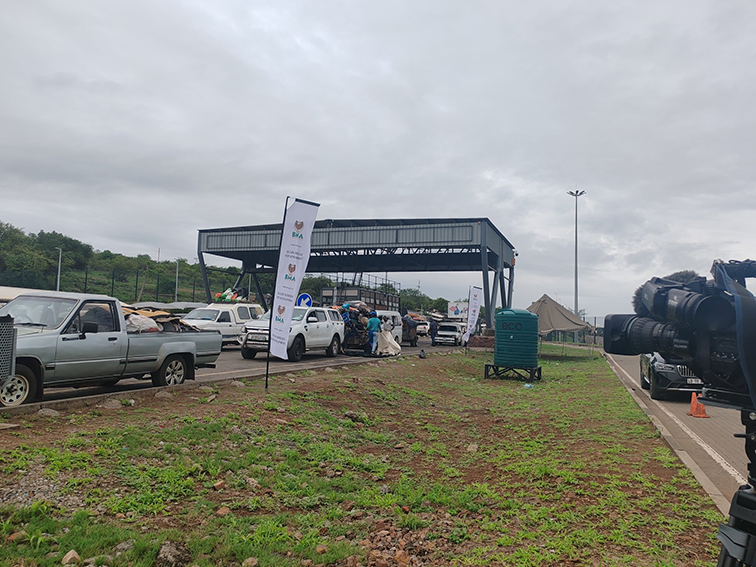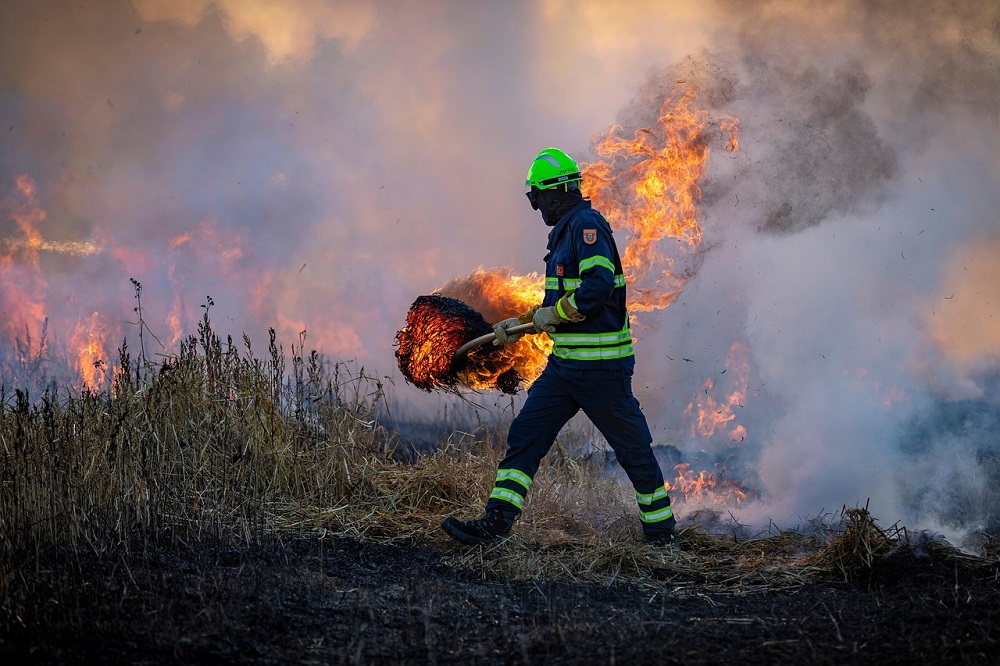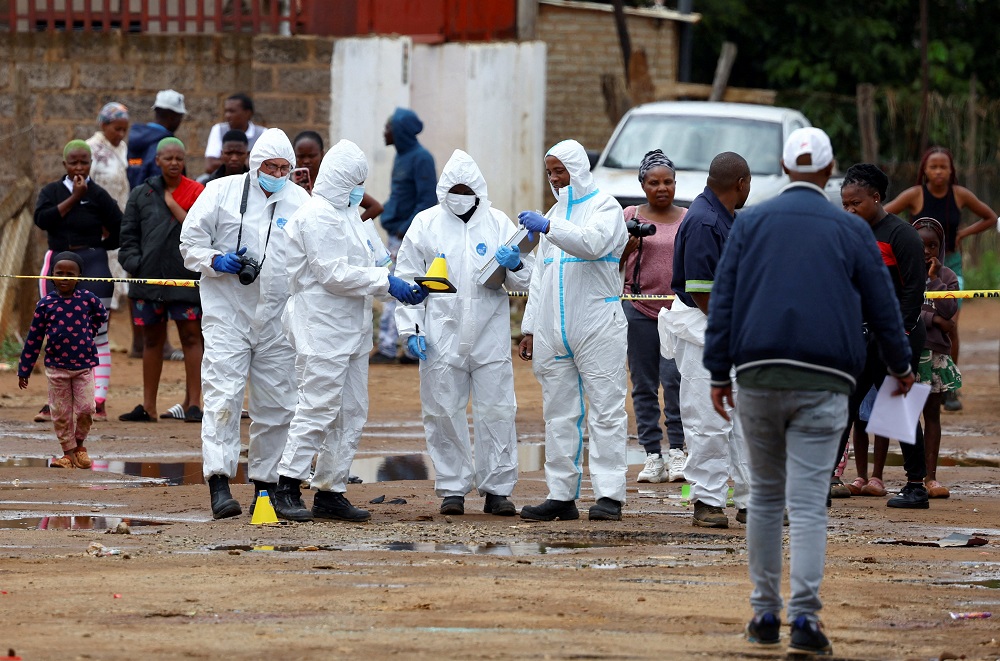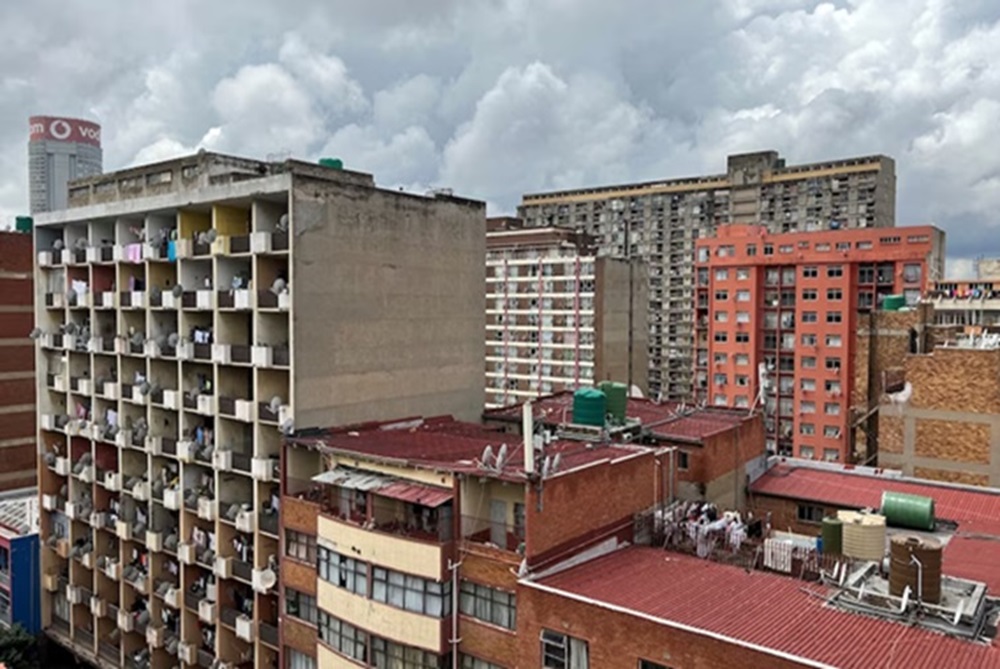-
Lifeguards in the summer season.
Thirty seconds. That’s the time limit lifeguards set themselves within which to reach a drowning person. About 4,000 volunteer lifeguards have been working alongside 3,000 municipal lifeguards countrywide this festive period.
Durban volunteer lifeguards, Bandile Ncanana and Mikhaela Brown say during the holidays there are thousands of people on a beach that need to be kept safe. They say to be a lifeguard isn’t easy, you have to stay very fit and undergo rigorous training.
Bandile Ncanana started his lifeguard training eight years ago, when he was 13-years-old. He is a volunteer member of Lifeguards South Africa.
Members of this organisation help full-time municipal lifeguards to keep Durban’s beaches safe when over a million holiday makers descend on the city.
Ncanana says to qualify as a professional lifeguard you need to be able to swim 400 metres in eight minutes in a swimming pool. On top of that you undergo training in first aid and rescue techniques.
Despite the rigorous criteria, Ncanana says he enjoys being a lifeguard.
“We save lives everyday. As you can see, we are watching over 3,000, 5,000 to 10,000 people and we manage to prevent drownings everyday. To be a lifeguard, you need to be fit. To save a person’s life should take 30 seconds, but if you cannot reach them in that time period, people can die,” he says.
Eighteen-year-old Mikhaela Brown has been a volunteer lifeguard for five years.
“There are different kinds of distressed people. You see the ones with their hands waving frantically, other people hold their breath under water and obviously, if they do that for too long, we will go and get them as well. So, we are able to identify these drowning symptoms quickly,” she says.
Rip currents which sweep bathers into the sea very quickly are some of the dangers lifeguards have to watch out for.
“Places that are highly dangerous are areas with rip currents and places that are near the bridge, places that are near a river mouth or near the rocks. So, usually you see the rip current with brown water and usually people that are swimming there, we watch them as they are highly at risk as a rip current is a dangerous thing that can take a person within a second,” explains Ncanana.
Lifesaving KwaZulu-Natal Chairperson, Traye Brown says becoming a lifeguard is not easy.
“The criteria you need to be awarded a lifeguard, (is that) you enroll to the lifeguard course, which takes about eight-weeks and you do a lot of theory regarding first aid, as well as the rescue technique and then you do the exam and if you pass it you qualify to be a lifeguard,” says Brown.
Lifesaving South Africa president, Dhaya Sewduth is proud of the teams of volunteers.
“Thousands of people that descended on beaches across the line, it was really challenging because of the number of people there and the conditions, but we are proud to say the lifeguards through their proactive lifesaving techniques, have managed to keep all those safe and all of those families went home intact. I think this is a fantastic achievement right from the beginning of December through the summer holidays,” says Sewduth.
Beachgoers usher in the New Year | A day in the life of a lifeguard:
Related content | Eastern Cape | Day in the life of a lifeguard



